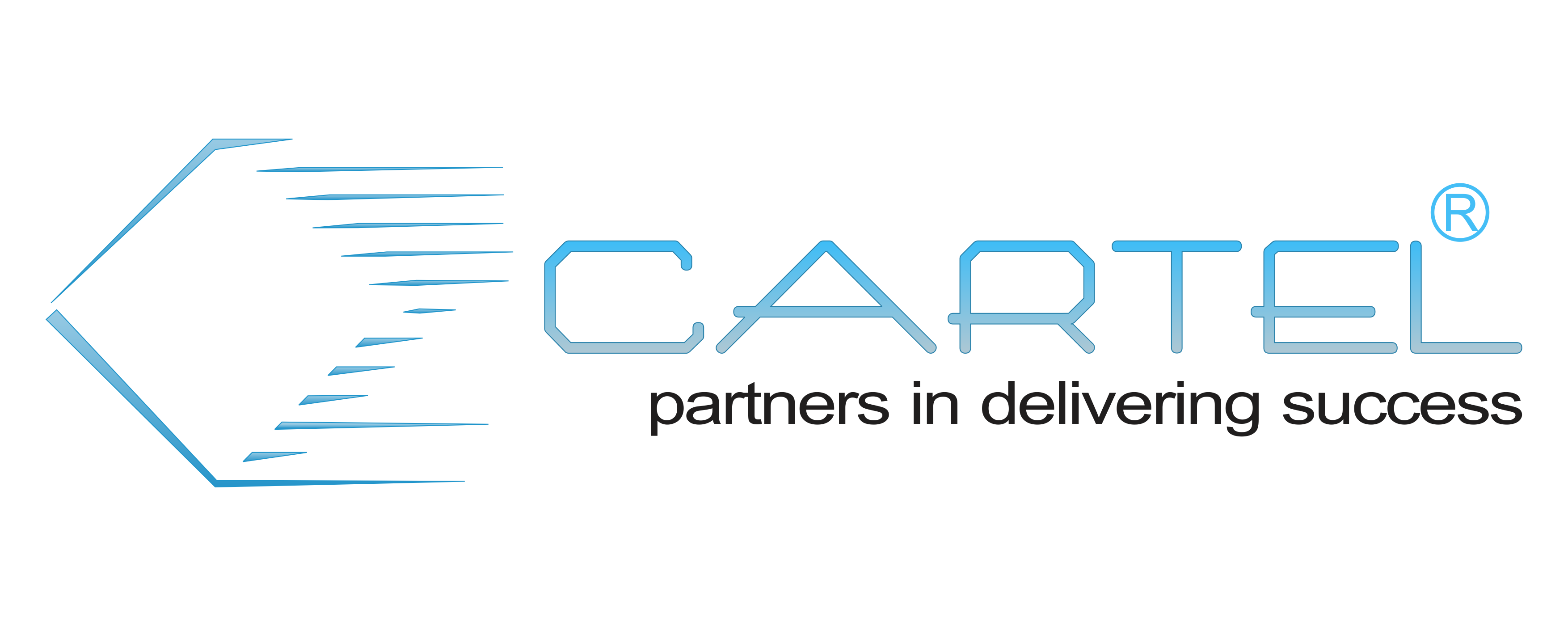JNCIS-SEC (Juniper Networks Certified Internetwork Specialist – Security)
Course details
Junos Security Overview
– Junos security architecture
– Branch vs. high-end platforms
– Major hardware components of SRX Series services
– Packet flow
– Packet-based vs. session-based forwarding
Zones
– Zone types
– Dependencies
– Host inbound packet behavior
– Transit packet behavior
– Zone configuration steps
– Hierarchy priority (Inheritance)
– Monitoring and troubleshooting
Security Policies
– Policy types (default policy)
– Policy components
– Policy ordering
– Host inbound traffic examination
– Transit traffic examination
– Scheduling
– Rematching
– ALGs
– Address books
– Applications
– Policies
– ALGs
– Address books
– Custom applications
– Monitoring and troubleshooting
NAT
– NAT types
– NAT/PAT processing
– Address persistence
– NAT proxy
– Configuration
– NAT configuration
– Monitoring and troubleshooting
IPSec
– Secure VPN characteristics and components
– IPSec tunnel
– IPSec traffic processing
– Junos OS IPSec implementation
– IPSec VPN configuration steps
– Monitoring and troubleshooting
High Availability (HA) Clustering
– HA features and characteristics
– Deployment requirements and considerations
– Chassis cluster characteristics and operation
– Cluster modes
– Cluster and node IDs
– Redundancy groups
– Cluster interfaces
– Real-time objects
– State synchronization
– Ethernet switching considerations
– IPSec considerations
– Manual failover
– Cluster preparation
– Cluster configuration steps
– Monitoring and troubleshooting
Unified Threat Management (UTM)
– Packet flow and processing
– Design
– Policy
– Platform
– Methods
– Whitelists vs.
– Order of
– Traffic
– Configuration steps using the
– Monitoring and
– Scanning
– Antivirus flow
– Scanning options and
– Configuration steps using the
– Monitoring and troubleshooting
– Scanning methods
– Antivirus flow process
– Scanning options and actions
– Configuration steps using the CLI
– Monitoring and troubleshooting
– Filtering features and solutions
– Configuration steps using the CLI
– Monitoring and troubleshooting
